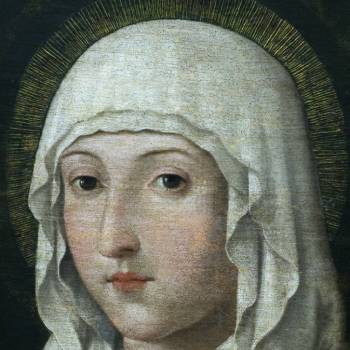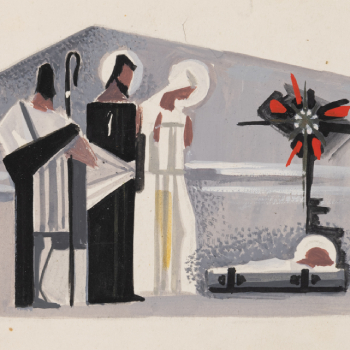Portrait of Curator and Art Historian Vincenzo Bonello
The Maltese sculptor Vincent Apap was a very well-known artist by the time he made this portrait, having received commissions for church sculpture, portraits and monuments. This is a portrait of Vincenzo Bonello (1891-1969), Founder and First Curator of the Fine Arts Section, established at the Valletta Museum in 1922. This sculpture was donated to the museum by the artist. A bronze version of the portrait was made in 1935 and is now displayed at MUŻA, to which it was loaned by the successors of Vincenzo Bonello.






